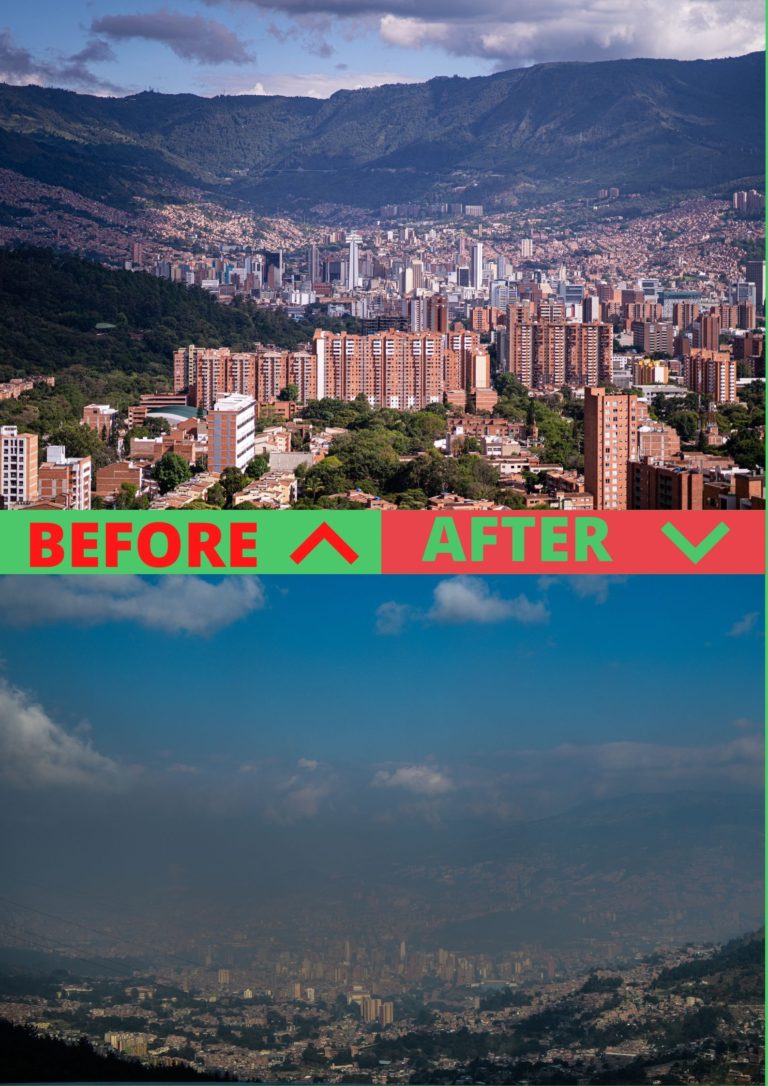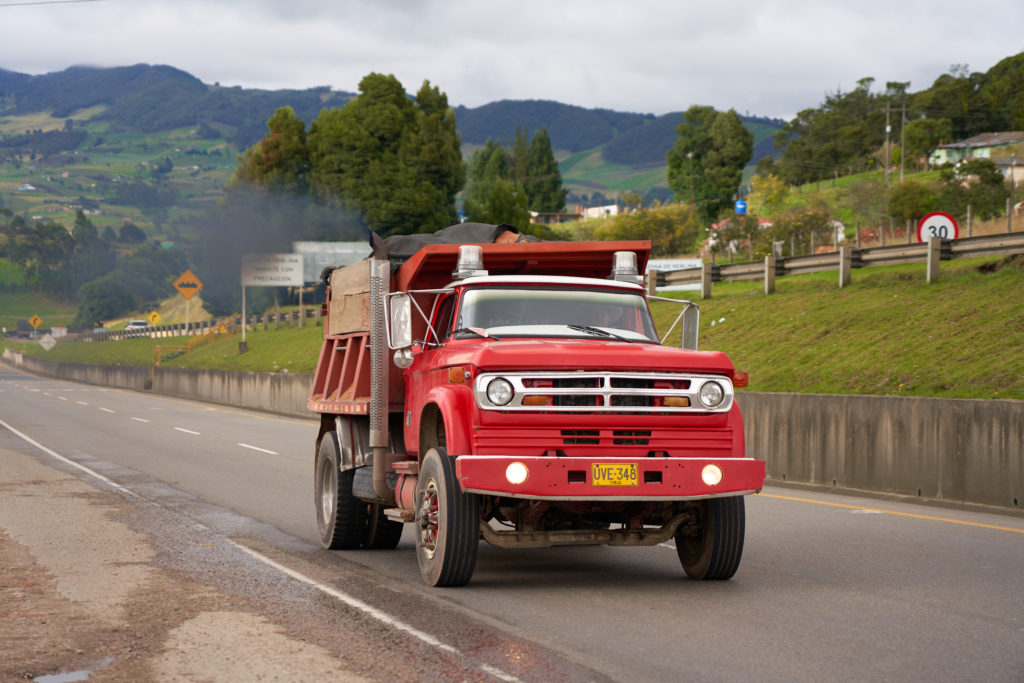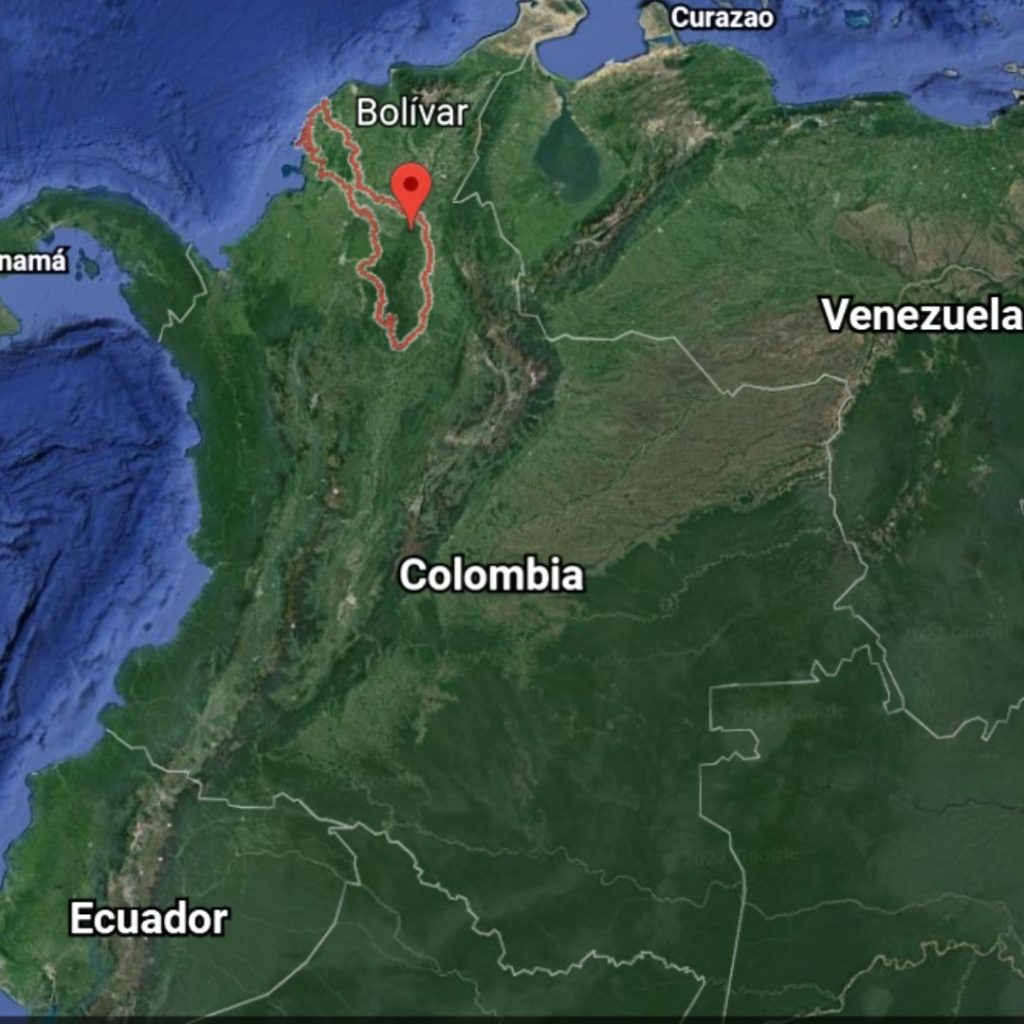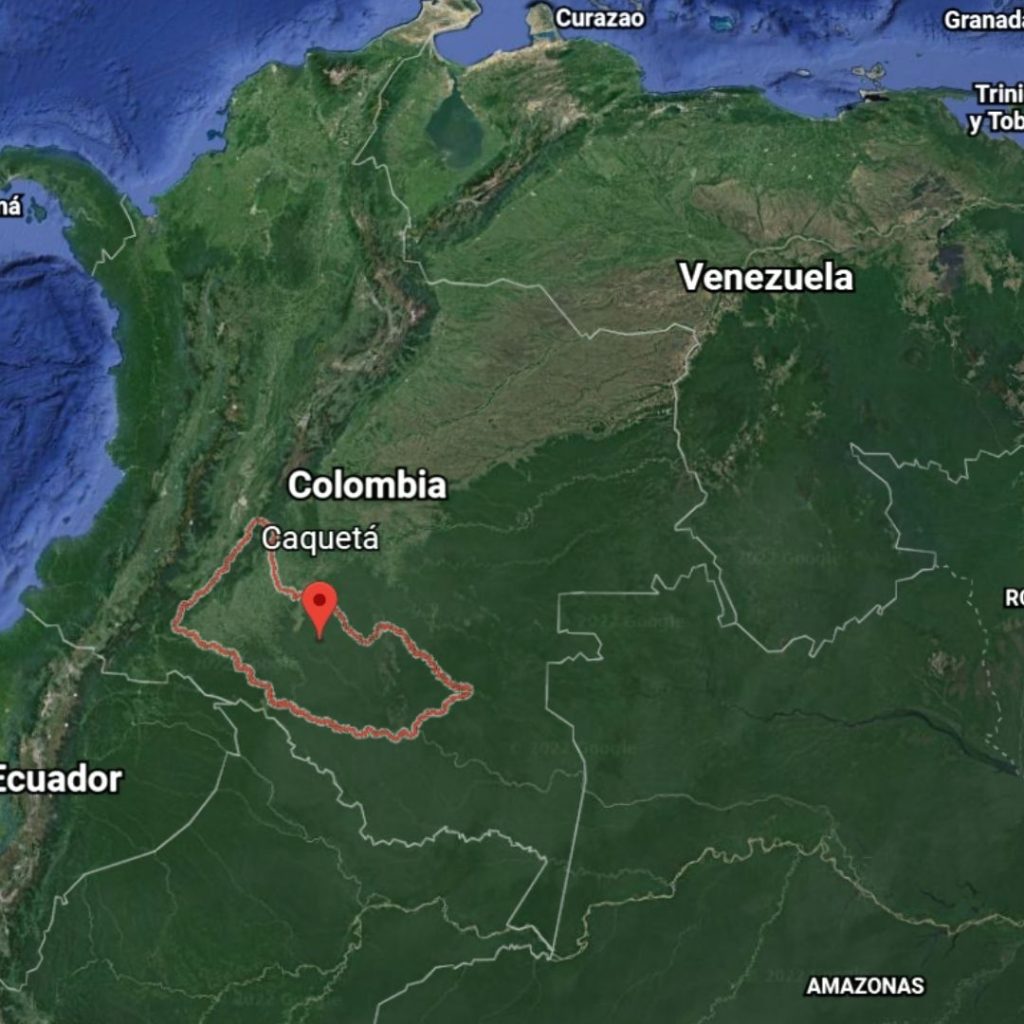Air Quality in Medellin Affected by Amazon Deforestation
As Medellin grapples with its own emissions, the city’s air quality is being further inflamed by activity in the neighbouring Amazon.
By Kaveh Paymayesh

Medellin’s air quality, or lack thereof, is no secret. It’s a leading issue that the metropolitan area is attentively scrambling to manage. Movement, industry and consumption. These are the enduring culprits, generating unsafe levels of emissions in a valley that naturally struggles to disperse its pollution.
But if that was not bad enough, the pervasive effects of deforestation hundreds of miles away are making themselves abundantly clear in the city.
A warning for the weekend (4/02/2022)
The Metropolitan Area of the Valley of Aburrá issued a stark warning this weekend that the valley would begin feeling the effects of the forest fires spread throughout the southern regions of the country.
According to El Colombiano, of the 18 stations measuring PM 2.5 concentrations, 17 recorded values above 22 µg/m3 (yellow) whilst 1 recorded values over 40 µg/m3 (red).
For context, ‘good’ air quality is deemed to contain between 0-12 µg/m3.
The capital Bogota, also affected by the same phenomenon, has too issued warnings. Yet, based on the data provided, officials deem it not yet necessary to declare an environmental state of emergency.
The current situation is being exacerbated by an increase in humidity, making it more challenging for the polluted air to elevate and diffuse.

What is PM2.5 and why does it matter?
Every breath of air we inhale contains a mix of different particles, including dust, carbon, water, and different chemicals. There are many types of particles that are perceptible by the human eye. Examples include smoke, steam, dust etc.
PM 2.5, meaning particulate matter smaller than 2.5 micrometres, is air too small to be seen, yet small enough to permeate the lungs and blood. PM 2.5 comes from the combustion of different fuels, engines (used in vehicles) and power generators.
PM 2.5 is positively associated with the incidence of mortality rate. Exposure to this particulate is connected to a host of pathologies ranging from asthma, COPD, heart disease and even cancer. Both the young and elderly are increasingly vulnerable to exposure. Read more here.
According to British research, one in 20 deaths in the UK is attributed to this harmful pollution.
In Medellin, the data is worrying with a purported average of 1 death every 3 hours. Read more here.

Deforestation & forest fires
The areas affected in particular are:
- Caquetá
- Vichada
- La Guajira
- Córdoba
- Bolívar
January was the hottest month encountered in the Amazon for 10 years. Low rainfall, largely due to deforestation, has created a biome characterized by prolonged periods of drought.
This should NOT be happening. The Amazon biome, as nature intended, is classified as an Af tropical rainforest climate. This means that there should be no dry season, but rather a wet season and a wetter season.
Rainforests generate their own rainfall. However, through large scale deforestation, humans are hindering the biome’s capacity to produce steady precipitation and in turn changing the classification of the climate. The Amazon is steadily shifting towards a drier savannah climate.
We are watching this happen before our eyes. The effects are real and they are far-reaching.
We are witnessing, right now, the loss of diversity on a scale that truly is hard to fathom.
Rather than being stewards of the land, economic & social hardship in Colombia means that the land is being stripped for economic gain. Confronting the reality is dangerous. Colombia is proving to be the most dangerous place on Earth for environmentalists.




My parting sentiments (for what they're worth)
Anybody that knows me personally knows that I am enamoured with Colombia.
We’re talking about the second most biodiverse land on the planet. It rains more in Colombia than anywhere else, and we know that water brings life!
The beauty of nature is on full display throughout these lands. Colombia is home to a number of different rainforests. The one we all know, the Amazon, is dubbed the “lungs of the planet”. That is technically incorrect but still!
It should be a pleasure to breathe in what is regarded as the lungs of the planet. Air quality should be RICH. However, the fact is that entire cities are plagued by fires and pollution emanating from hundreds of miles away.
It’s not just the air quality in Medellin impacted, but even in rural areas without activity. Areas that should be clean…
It’s perverse. Something very wrong is happening. I grieve when looking at “before & after” satellite images.
Medellin, to its credit, is making concerted efforts to improve the landscape of the valley. As a more developed city in the country, they are desperately deploying a multi-angled strategy to deal with the problem.
Despite that, events like this highlight the scale of the problem. Problems ‘far away and out of sight’ are much more interconnected than we often assume. The air quality in Medellin is not the only evidence of this.

Facebook
Twitter
LinkedIn
Reddit